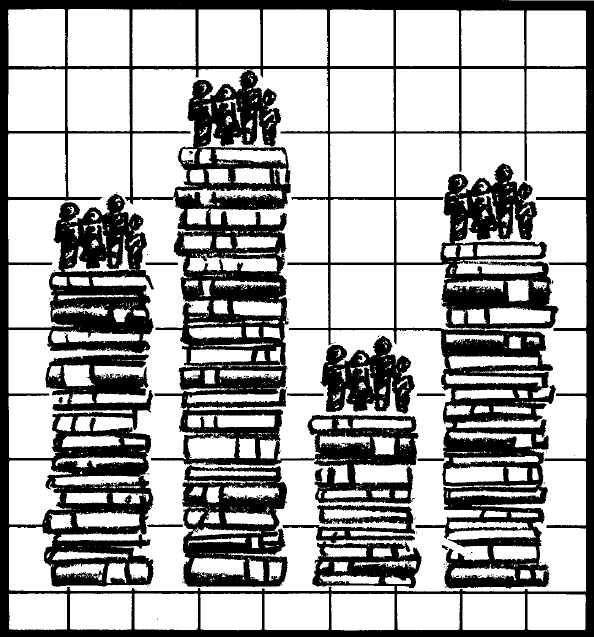Highlights of women’s earnings
This report compares data for women and men who usually work full time, with sections focusing on characteristics such as age, race and ethnicity, education, occupation, and more.
Labor force characteristics by race and ethnicity
This report describes the labor force characteristics and earnings patterns among the largest race and ethnicity groups living in the United States—Whites, Blacks, Asians, and Hispanics.
Characteristics of minimum wage workers
This report presents highlights and statistical tables describing workers who earned at or below the federal minimum wage, by their age, gender, race/ethnicity, education, marital status, full- and part-time status, occupation, industry, and state of residence.
Women in the labor force: a databook
This report presents historical and recent labor force and earnings data for women and men from the Current Population Survey (CPS), a national monthly survey of approximately 60,000 households.
Consumer Expenditures annual report
This report examines the spending patterns of U.S. consumers through analysis of the Consumer Expenditure Survey. These data are used in a variety of research endeavors by government, business, labor, and academic analysts.
A profile of the working poor
This report summarizes data on the working poor. The working poor are people who spent at least 27 weeks in the labor force (that is, working or looking for work) but whose incomes still fell below the official poverty level.
Job-transfer or work-restriction cases
This report compares the case circumstances and worker characteristics of injuries and illnesses that require days away from work to recuperate and those that lead to days of job transfer or restriction only, without time away from work.
Extended mass layoffs
This report summarizes data on extended mass layoffs. A mass layoff event is considered as the filing of 50 or more initial claims for unemployment insurance benefits against an employer during a 5-week period, with at least 50 workers separated for more than 30 days.
Worklife estimates: effects of race and education
As the last BLS report on worklife expectancy measures, this study estimates the number of years individuals would spend in the labor force based on mortality conditions, labor force entry/exit rates, age, and educational attainment.








